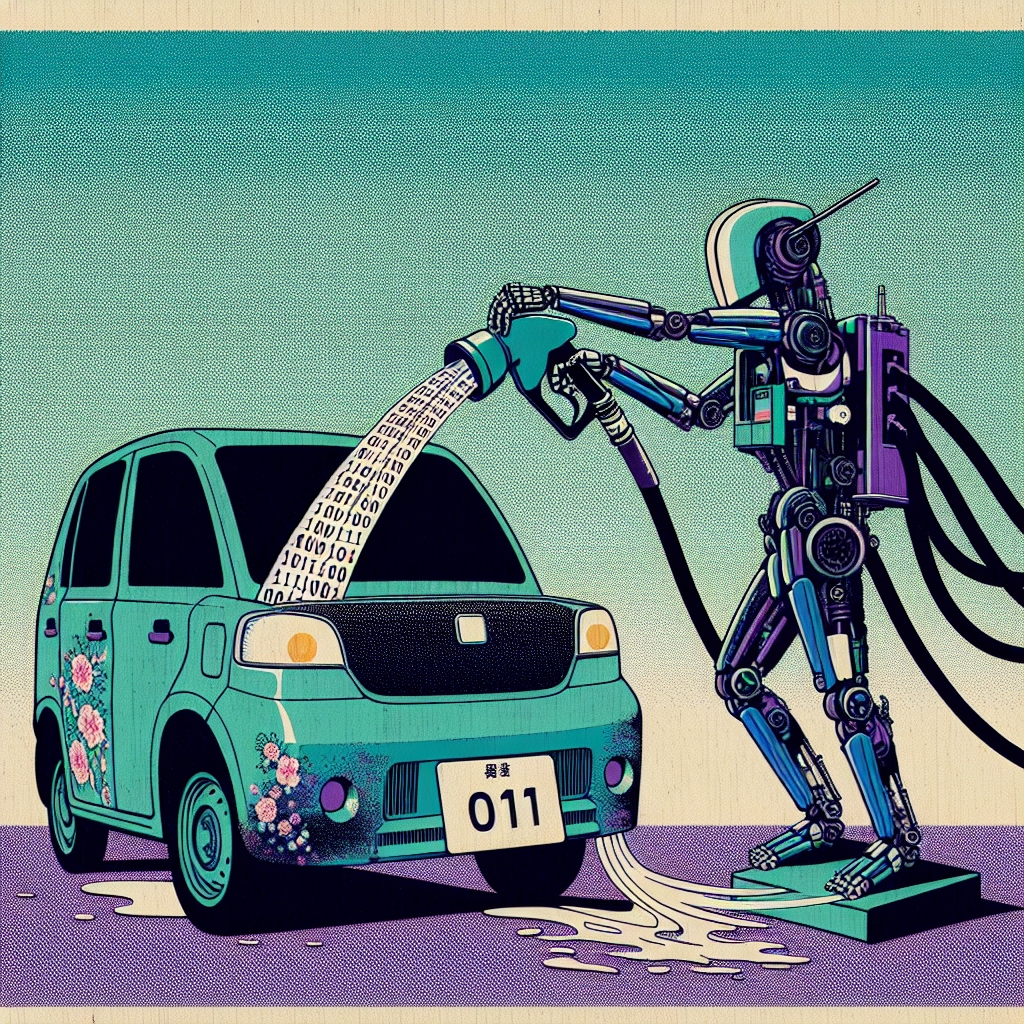How can you make something go viral
Imagine the alchemy of content creation, where the strings of words and imagery you weave …

Digital transformation has been an exciting journey for many companies over the past decade. However, most transformations fail to achieve their full potential and leave significant value on the table. This article will explore ten important but underappreciated ideas critical for leaders to understand to capture the total value of digital and AI.

The best companies are becoming elite builders of digital products and AI solutions. The ability to quickly build, test and adapt solutions is a significant source of competitive differentiation. Leaders must nurture engineering cultures where innovators have autonomy and incentives to create. Too often, ambitious innovations fail to translate into meaningful business outcomes at scale. To change this, executives need to incentivize and support the rapid building of solutions directly tied to strategic goals and customer needs. With the right vision and motivation, builders can eat the world one solution at a time.
Innovators frequently capture headlines, but business success requires scaling innovations for impact. Many companies can point to innovative pilots and proofs of concept. Far fewer have been able to efficiently integrate those innovations across the value chain to transform customer experiences, drive down costs and beat the competition. Doing so requires dedicated capabilities and processes for scale, including putting the right owners in place, securing executive alignment on enablers, and eliminating cross-organizational roadblocks. Technology alone does not scale; it requires deliberate leadership commitment and capabilities right from the start.
Leading companies are not focused on finding one "killer app" from new technology. Instead, they are rapidly accumulating solutions that transform each other. The more solutions can be built on top of each other, the more value gets compounded over time. Leaders harness this dynamic to transform customer and employee experiences in ways lagging competitors struggle to match. This allows them to tap new sources of value and data, fueling further competitive distance through a virtual cycle we call the "More Law" of compounding advantage.
Technology is not a static target. AI capabilities will continue advancing rapidly, as will complementary technologies like IoT, cloud and quantum. Companies must accept that transformation is now continuous to stay competitive. Leaders avoid one-off initiatives or campaigns. They put structures, metrics, and incentives in place that embed transformation efforts into regular operations rather than treat them as special projects. They continually scan for emerging technologies that may unlock new sources of advantage and move quickly to test and integrate them if they are promising.

Every company now depends on knowledge work, making data the most precious economic input. Data quantity has exploded, but many companies still lack answers to essential questions. That's because raw data must be carefully structured, integrated and governed to generate value. Leaders build advanced capabilities for managing data like strategic assets and products. With the rise of data-hungry AI techniques like generative models, achieving competitive data advantage is more urgent than ever. Companies without coherent data strategies will be left behind.
Generative AI promises to be the most disruptive workforce technology since PCs and mobile phones. Workers across functions will increasingly leverage AI tools as "copilots" to enhance productivity. This will change work unpredictably as roles adjust to incorporate new possibilities. Companies that solely focus investment on deploying AI tools will miss the real opportunity - breakthroughs in enabling workers to operate at their augmented best. Leading organizations will make workforce augmentation a strategic capability, doubling down on change management, training and building trusted human-AI collaboration.
Maximizing technology advantage requires distributing innovation across empowered teams, not concentrating it in a central group. Leading companies embrace agile product teams, decentralized decision rights and modular architecture. They embed technology capabilities into cross-functional pods and enable frictionless code and data sharing. They operate more like neural networks, transmitting signals and learning across nodes. As AI permeates business functions, adapting this "neural operating model" will enable companies to act and react with greater precision and speed.
Historically, IT functions have focused on maintaining legacy systems critical to operations. But companies now need them to play a very different role - enabling real-time innovation everywhere. IT groups must transform from lumbering keepers of infrastructure to purveyors of dynamically available services used by technologists throughout the business. Core legacy systems will remain, but they will be automated, shrunken and enveloped by flexible services delivering APIs, data and reusable components on demand. This IT-as-a-service transition underpins the shift to modular architecture and neural operations. It also unlocks innovation capacity across the company.
With new AI solutions arriving daily, it's easy for companies to get distracted by technology for technology's sake. Leaders avoid this trap by staying obsessively focused on business value at every step. They ground technology roadmaps in pinpointed value opportunities, build tight feedback loops around outcome metrics, and focus on cutting investments that fail to perform. Generative AI promises to unlock enormous efficiencies and innovation, but only for those who tenaciously chase value. Technology is just a means, and funding it is not enough - it must demonstrably serve business goals.
As the half-life of advantage shrinks, leading companies will distinguish themselves through rapid testing and adaptation. New tools like digital twins, synthetic data, and reinforcement learning promise to compress learning cycles massively. Leaders integrate these tools so technology, product and business innovations can be quickly modelled, evaluated and iterated. They build cultures hungry for data and intolerant of guesswork. The result is decision-making grounded in empirical validation rather than hunches and politics. With barriers to robust testing crumbling, the mantra will be "test early, test often." Organizations that cling to old ways will find themselves outmatched.
the digital landscape is relentlessly evolving, and with it, the game's rules are continuously being rewritten. The insights provided in this article serve as a clarion call to leaders and organizations earnestly pursuing digital transformation and AI integration. Success in this journey is not about sporadically leveraging technology but weaving it into the very fabric of the business.
It demands a consistent embrace of rapid building and scaling, an astute focus on compounding technological advantages, and a relentless pursuit of value-driven innovation. As companies navigate this terrain, they must also champion continuous transformation, champion data as a strategic asset, empower AI-augmented workforces, adopt distributed innovation models, transform IT into an agile service provider, and institutionalize rapid testing and iteration.
Only by internalizing these underappreciated ideas and embedding them into their strategic approach can leaders hope to unlock the full potential of digital and AI, avoiding the pitfalls that have hindered many before them. As we forge ahead, let's remember that in the dynamic and disruptive digital transformation arena, it is not the strongest that survive but the most adaptable. The future belongs to those who can envision, execute, and evolve with unwavering focus and agility.
Some other posts you may like

How can you make something go viral
Imagine the alchemy of content creation, where the strings of words and imagery you weave …
March 01, 2024
Read More
How can AI help me with Facebook marketing
In today's rapidly evolving digital landscape, businesses constantly seek innovative tools and technologies to enhance …
March 01, 2024
Read More